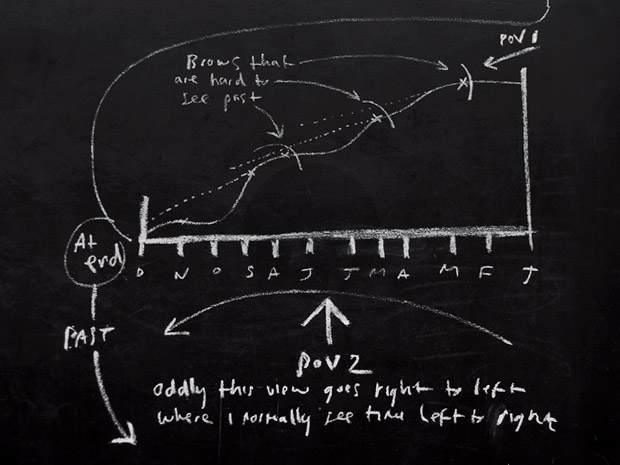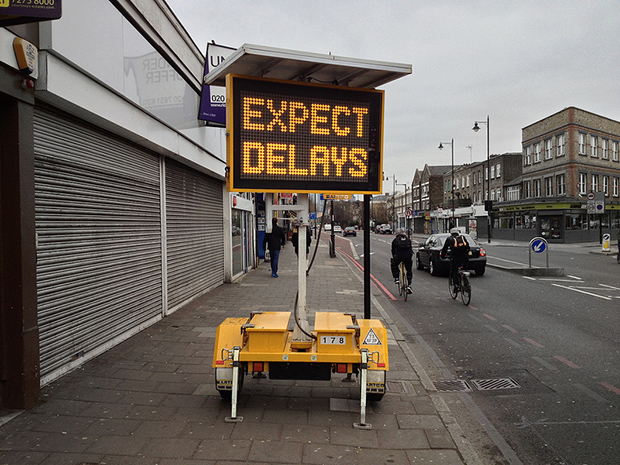Time is an illusion,
and lunch time doubly so.
The measurement of time seems quite simple at first glance, but it quickly becomes quite strange. Take for example something as simple as a year; 12 months or 365 days.
Except every 4 years there is an extra day, well nearly every 4 years if the year isn't divisible by 100 but is by 400...The extra day is added to February, so it has either 28 or 29 days.
Even days in the month aren't always continuous. When Europe changed to the Gregorian calendar from the Julian calendar 10 or 11 days were added. In the British Empire the calendar for September 1752 looked something like:
Tuesday, 1 September 1752�
Wednesday, 2 September 1752
�Thursday, 14 September 1752
�Friday, 15 September 1752
Strangely the tax system continued to use the Julian calendar, which meant it's start date was moved 11 days later to became the 5th April. Yes, the legal New Year's day wasn't always on the 1st January, between the 12th century and 1752 Britain used "Old Style" calendars where the New Year started on the 25th March.
Sweden planned to gradually change to the Gregorian calendar by missing out leap days over 40 years, but the Great Northern War distracted the Swedes which meant they forgot to skip 2 leap days in 1704 & 1708. To keep their calendar in sync with the Julian calendar they had two leap days in 1712 resulting in the 30th February.
We can see that years and months aren't as the first appear.
Even minutes don't always have 60 seconds. In fact since 1972, 25 minutes have an extra second. These are added to keep atomic time in sync with a solar day. The average day is slightly longer then 86400 seconds (24 hours * 60 minutes * 60 seconds). The last leap second was on 30 June 2012 at 23:59:60, you may have noticed this by the extra pip in the Greenwich Time Signal.
These leap seconds have only become necessary as our clocks have become more accurate and they have been able to measure the difference between a day and the exact 86400 seconds it should be.
A second that isn't a second? As you probably know GPS is used to locate us on a map, part of the way it does this is with a very accurate time signal. These time signals are generated by atomic clocks in satellites travelling around 14,000 km/hour, further away from a massive object. So the effects of both Einsteins's theories of General and Special theories of Relativity must be taken into account. Simply these incredibly accurate clocks have to run slightly fast to keep then in sync with the surface of the earth.
I wonder if it's time for lunch?
Note: The title of this piece, for those unfortunate enough not to know, is a quote from Douglas Adams’ The Hitchhiker's Guide to the Galaxy.



